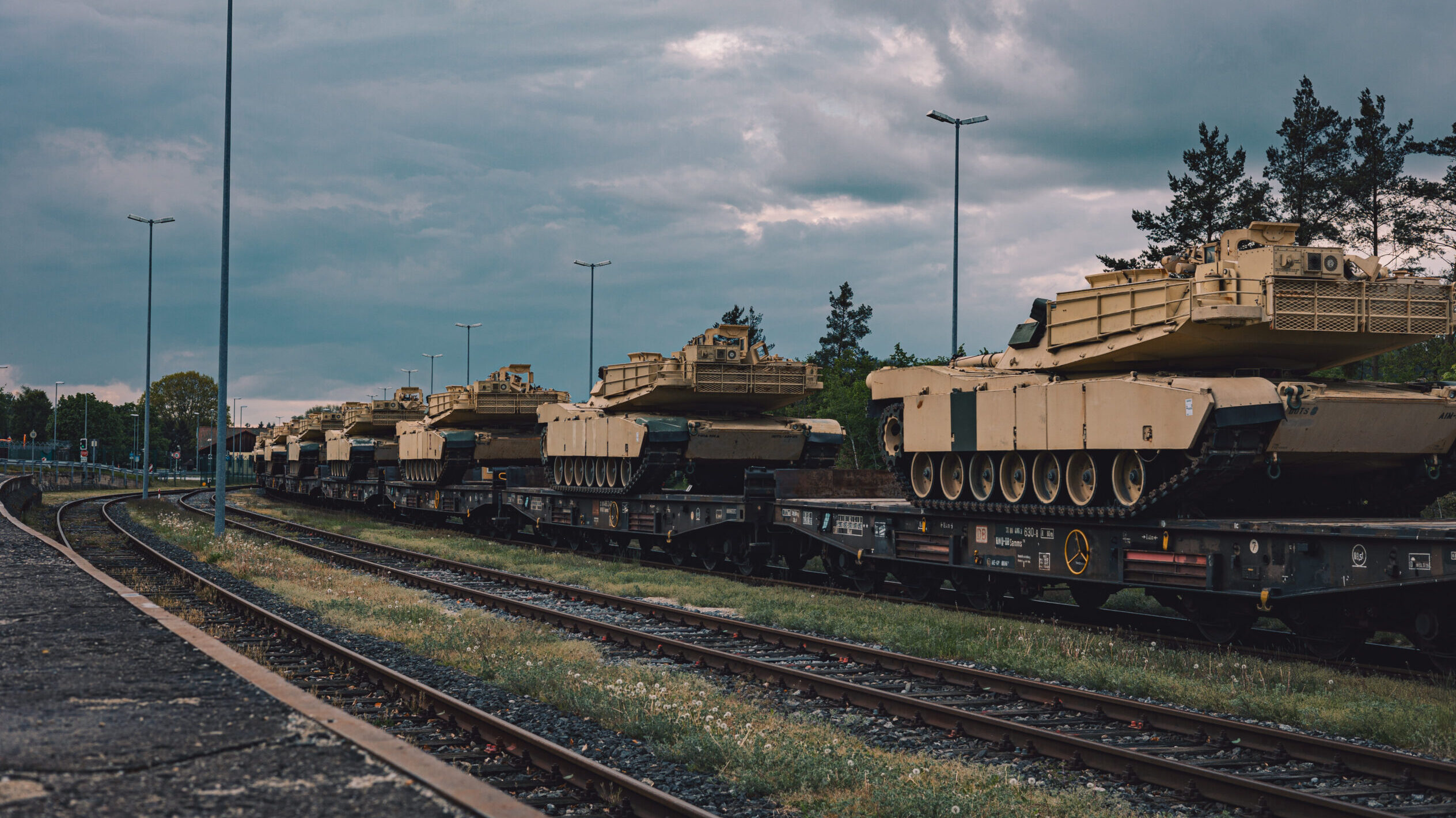YAVUZ TURKGENCI

The modern operating environment is filled with examples of heavy main battle tanks suffering extensive damage in the battlefield.
Avdiivka, a city in eastern Ukraine, has now become a cemetery for Russian armor, tanks in particular. Trying to crush through the Ukrainian defenses surrounding the city, Russia reportedly lost over 100 tanks in three weeks.
In around just over a year since the outbreak of the Russo-Ukrainian War, both belligerents lost around half of their tanks. The Russians have lost about 1688 tanks out of 3400, while the conflict cost the Ukrainians around 459 tanks out of 900.
In Gaza, Hamas and Palestinian Jihad militants ambushed Israel’s famous Merkava tanks using creative guerrilla tactics. One prominent example saw them reportedly placing an explosive under the tank’s Trophy active protection system, before running away and shelling the tank with tandem charged RPGs from a safe distance. With such tactics, militants heavily damaged platforms advertised to be powerful war machines.
Yet, military experts claiming the knights of the battlefield are losing their “charisma” in the modern age need a reminder on the history of warfare. With every threat they faced, tanks have improved in agility, evolving to remain formidable foes. In the years to come, they will continue to do so.
Machine guns and fortified trenches made the operating environment of the First World War stagnant. Tanks caused a disruption in the static battlefield by providing a breaching operation capability through the heavily fortified trench systems, meeting a pressing operational requirement. The tank’s introduction to the battlefield marked the start of an endless struggle between tank and anti-tank weapon systems. As tanks’ cast steel armor got thicker, anti-tank canons grew their diameters. The introduction of anti-tank missiles with shaped charge shells that could be easily carried and fired by infantry on the battlefield, led to the emergence of reactive armor.
In order to penetrate the type of armor in question, the industry came up with anti-tank weapons featuring tandem warheads providing two consecutive explosions. Anti-tank weapons such as TOW and Kornet, which can be launched from the ground or from a platform, were also equipped with tandem warheads to boost their effectiveness.
So, to protect the tanks, militaries designed active protection systems such as the Trophy, which can detect an incoming anti-tank missile or projectile and fire a counter missile.
Then the use of sabot shells made of tungsten alloy, a harder material than armor steel, with an initial velocity of about 1,700 meters per second, broke new ground. The use of uranium-alloyed shells and armor increased the effectiveness of both. Ceramic armor, layered armor including composite materials, armor with slope, etc. are still being designed as effective, proven solutions against kinetic energy projectiles. The struggle between anti-tank and tank will most likely continue in the same intensity in the future.
In recent years UAVs, weaponized commercial drones and loitering munitions emerged as new threats in Ukraine and Nagorno-Karabakh. The particular threat has attracted many claims that tanks have become obsolete on the battlefield. Compared to fighter jets, which also pose a very important threat for tanks, UAVs and loitering munitions are very difficult to detect. Therefore, future efforts in the industry should also include increasing the protection of tanks against UAVs, commercial drones and loitering munitions, as well fighter jets.
Of course R&D efforts to shield tanks against UAVs and loitering munitions are already underway. By changing the structure and organization of electronic warfare units, the Russians have increased their effectiveness on the battlefield in the digital age. Electronic warfare units forced UAVs to stay further behind the frontline and jam the guidance system of loitering munitions, reducing their efficacy against tanks.
In addition, tank designers continue to work on additional measures against new threats, such as drone suppressors, effective up to 600 to 1,000 meters, and cope cage armor. While cope cage armor can be effective against a quadcopter drone equipped with a PG7V warhead (a high-explosive, anti-tank (HEAT) projectile), it would not be sufficient to counter anti-tank weapons such as the Javelin.
Another very important measure is to transition into a design philosophy that includes unmanned tank turrets. The modification allows for the ammunition to hit the turret without harming the crew. And since unmanned turrets do not feature a loader, the tank will have a flatter appearance, which will reduce the tank’s visibility, as well as its weight.
City fighting constitutes another complication for tanks. Tanks have fought in cities for decades, but as populations grow and cities sprawl, researchers expect their military value to increase as well, meaning during a war the battlefield will increasingly be in dense urban areas. Recently the effectiveness of tanks in residential areas has decreased significantly, the potency of tank hunter teams has increased. The creative tactics of tank hunter teams can inflict significant losses on tanks. Any scenario where these teams could successfully separate infantry from tanks would lead to a very dangerous equation. But commanders of the armored units may be able to solve the problem by employing creative combined arms tactics.
The struggle between tanks, the commander’s decision weapons, and anti-tank weapons will continue to dominate the future operating environment. Engineers will continue to exploit emerging disruptive technologies such as artificial intelligence, and developments in material science technology to increase the protection and effectiveness of tanks. Commanders will continue to review the combined arms tactics of the digital age battlefield.
But even as this new operating environment rapidly changes, so too will the defenses and tactics of tanks, the “knights of the battlefield”.
No comments:
Post a Comment